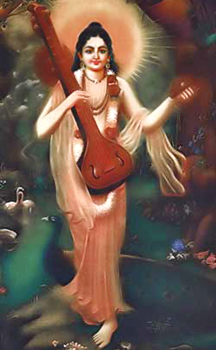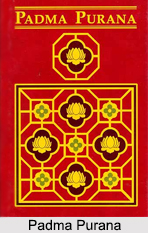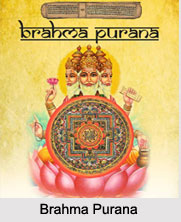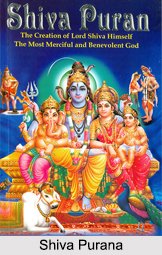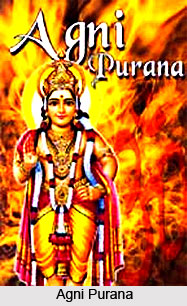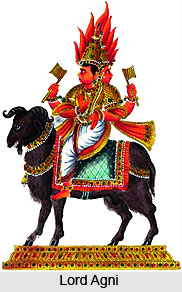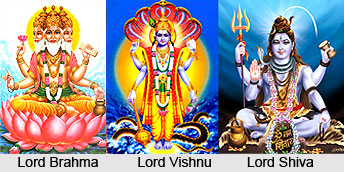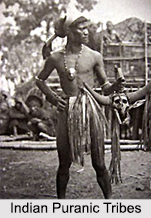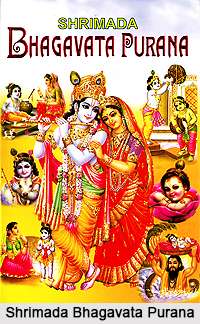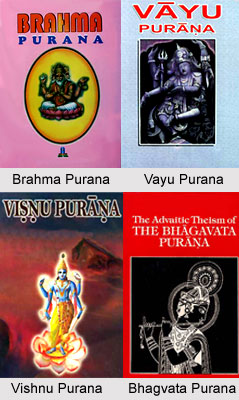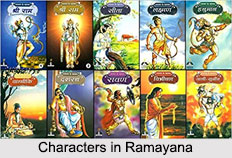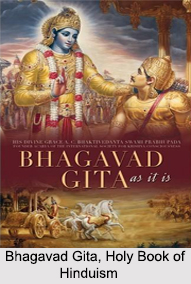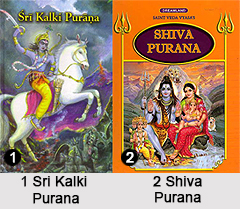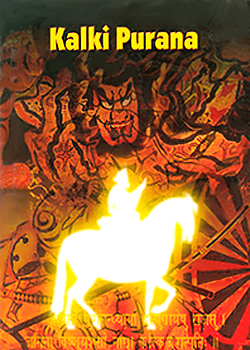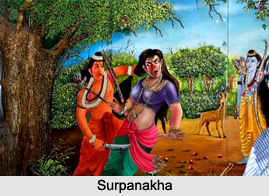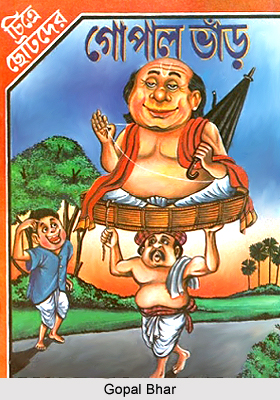 Gopal Bhar was a famous and legendary court jester in the court of Raja Krishnachandra, in medieval Bengal. In the 18th Century AD, the celebrated king of Nadia considered Gopal Bhar as a Navaratna in his court due to his intelligence. A statuette of the genius Gopal Bhar can still be found in Raja Krishnachandra`s palace. Various tales of his operations and escapades are recounted in West Bengal and Bangladesh. These have achieved the status of folklore and are commemorated in numerous short stories. The tales of his exploits are short, clever, humorous, striking and contain valuable social messages. Gopal Bhar is mostly known for several stories of his acumen and wisdom in which other courtiers and educated and smart men are outwitted by his presence of mind.
Gopal Bhar was a famous and legendary court jester in the court of Raja Krishnachandra, in medieval Bengal. In the 18th Century AD, the celebrated king of Nadia considered Gopal Bhar as a Navaratna in his court due to his intelligence. A statuette of the genius Gopal Bhar can still be found in Raja Krishnachandra`s palace. Various tales of his operations and escapades are recounted in West Bengal and Bangladesh. These have achieved the status of folklore and are commemorated in numerous short stories. The tales of his exploits are short, clever, humorous, striking and contain valuable social messages. Gopal Bhar is mostly known for several stories of his acumen and wisdom in which other courtiers and educated and smart men are outwitted by his presence of mind.
Folklore of Gopal Bhar
One particular account of Gopal Bhar mentions that once he visited a local sweet shop that was being operated by the shop owner`s son. Gopal Bhar immediately started eating sweets from the shop without asking the shopkeeper. When the boy protested to his action and asked for his name, Gopal Bhar wittingly replied that his father, the shop owner knows him; and that his name was Machi, which is the Bengali word for House fly. When the shop owner enquired his son from inside the residence about had come in the shop, his son replied that a fly was eating all the sweets. His father replied that flies eat the sweets regularly and it is not an issue to be concerned about. Thus due to his intelligence, Gopal Bhar ate all the sweets in front of the boy and eventually left peacefully.


